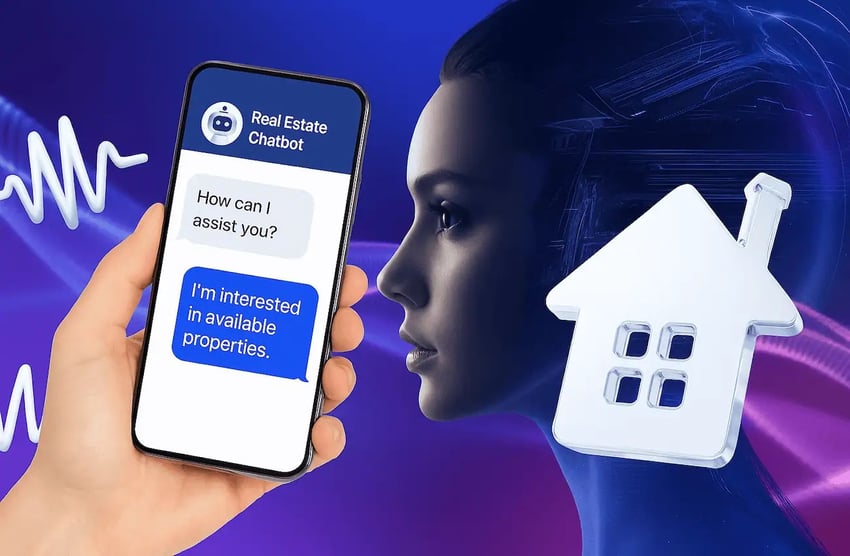Insights-driven businesses are 8.5x more likely to see over 20% revenue growth (Forrester). But with customer conversations scattered across calls, chats, and emails, how can you tap into this wealth of customer data? The answer is conversation analytics. This guide will walk you through exactly what conversation analytics is, how it works, and how to use it to enrich your customer experience and bottom line.
What Is Conversation Analytics? (And Why It’s Not Just for Call Centers)
Conversation analytics is the process of using artificial intelligence (AI) to systematically analyze customer interactions across communication channels. By tapping into technologies like natural language processing (NLP) and machine learning, actionable insights are extracted from raw, unstructured conversation data. This process turns a large volume of voice calls, live chats, emails, and chatbot interactions into a structured, searchable database of information on customer sentiment, purchase intent, and emerging trends.
Why Is Conversation Analytics Essential for Your Business?
Originally, conversation analytics focused on monitoring agent performance in contact centers. However, its value is only realized when insights are shared across the organization. Democratizing key data helps businesses align their departments with the authentic voice of the customer, driving smarter decisions from the top down.
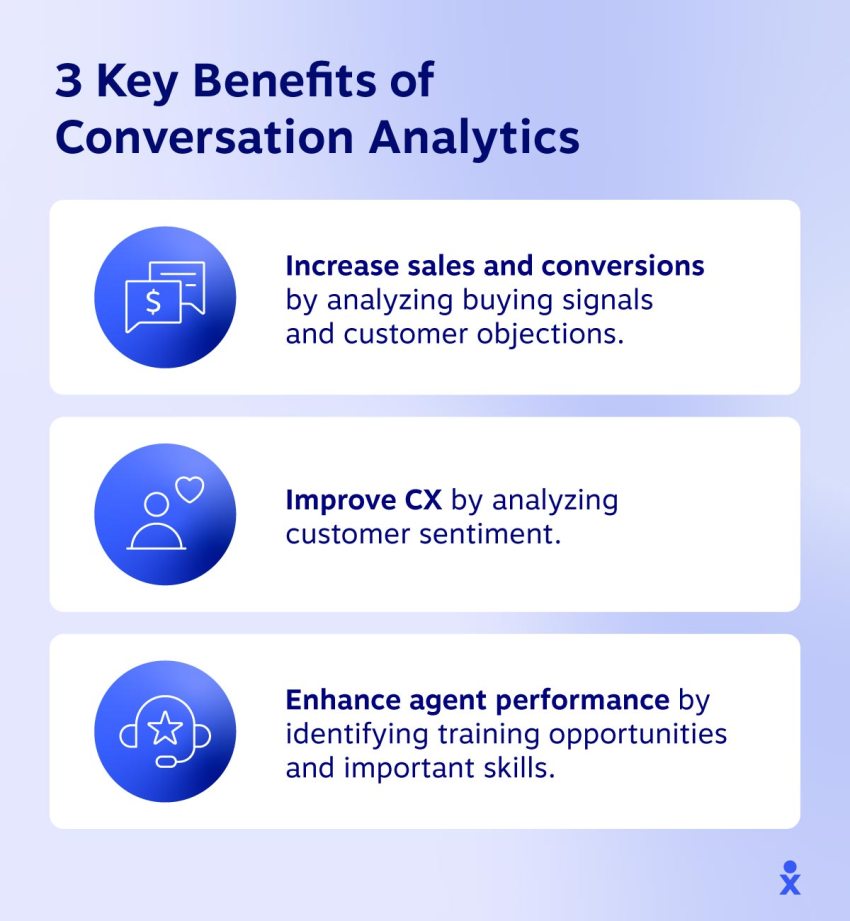
Here’s how different teams can use analytics data:
- Sales teams can determine the language and tactics that drive successful deals. For example, they discover that employees who discuss a particular integration within the first five minutes of a demo achieve a 20% higher deal closing rate. This successful behavior can then be systematically trained and scaled across the team.
- Marketing teams receive direct, unfiltered feedback on campaigns and brand messaging. If dozens of customers mention a competitor’s new tagline, marketers can quickly assess its impact and optimize their own strategy based on real perceptions, not just surveys.
- Product teams can automatically tag and quantify feature requests, usability issues, and bug reports mentioned in support calls. The data-powered approach helps prioritize development roadmaps based on real user needs, rather than internal assumptions. Businesses can immediately see which issues are most common and which feature requests are most important to their user base.
How Does Conversation Analytics Work?
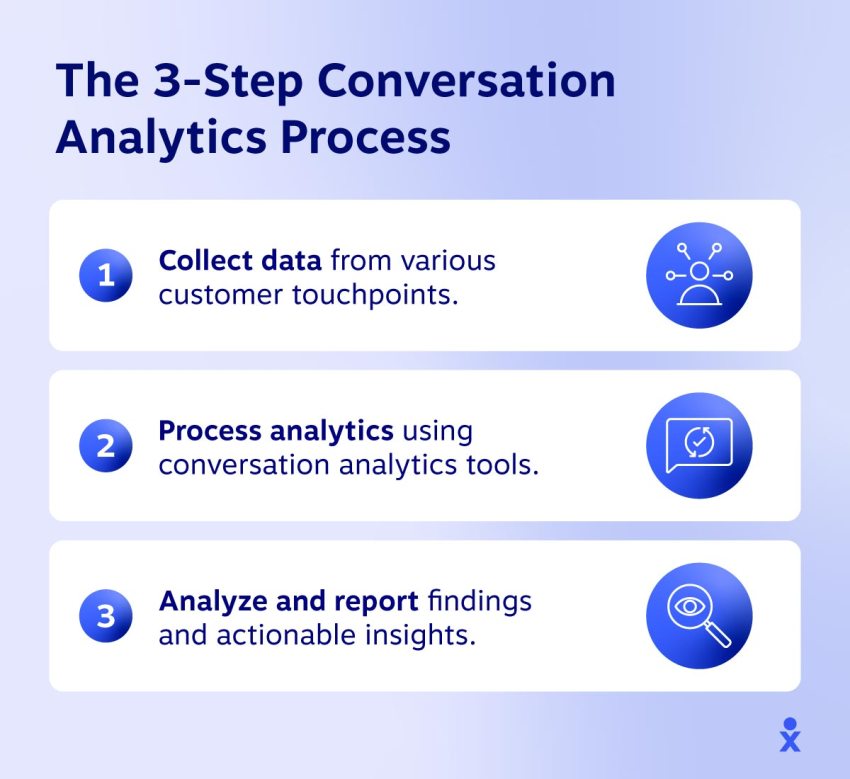
1. Data collection and transcription
The process begins with collecting conversation data from every customer touchpoint. A conversation analytics platform captures a large amount of structured and unstructured data from all your channels, including:
- Live voice calls
- Video conferencing
- Email conversations
- Live chat transcripts
- Social media comments and direct messages
- SMS and messaging app interactions
For voice-based interactions, speech-to-text technology — a key component of natural language processing — automatically and accurately transcribes spoken words into analyzable text. The result is a unified dataset of customer conversations, ready for analysis.
2. Natural language processing and analysis
3. Insights and visualization
In the final step, conversation analytics software translates this complex analysis into clear, actionable information. All identified themes, sentiments, and trends are summarized and presented in user-friendly formats that teams can immediately use. These include:
- Interactive dashboards: Provide a quick, real-time overview of key call center metrics and trends across the board.
- Customizable reports: Enable teams to analyze specific issues, agent performance, or customer segments over time.
- Real-time alerts: Automatically notify managers of critical events, such as a sudden spike in negative sentiment or the mention of a competitor, so they can take immediate action.
In this step, data is transformed into decisions, so everyone from contact center managers to product leaders can optimize their operations based on authentic customer feedback.
Conversation Analytics vs. Sentiment Analysis: What’s the Difference?
While often used in the same context, conversation analytics and sentiment analysis aren’t interchangeable.
Sentiment analysis is one important component of the much broader field of conversation analytics. Sentiment analysis is about identifying the emotional tone of a conversation. It primarily answers the question: “Is the customer satisfied, neutral, or angry?”
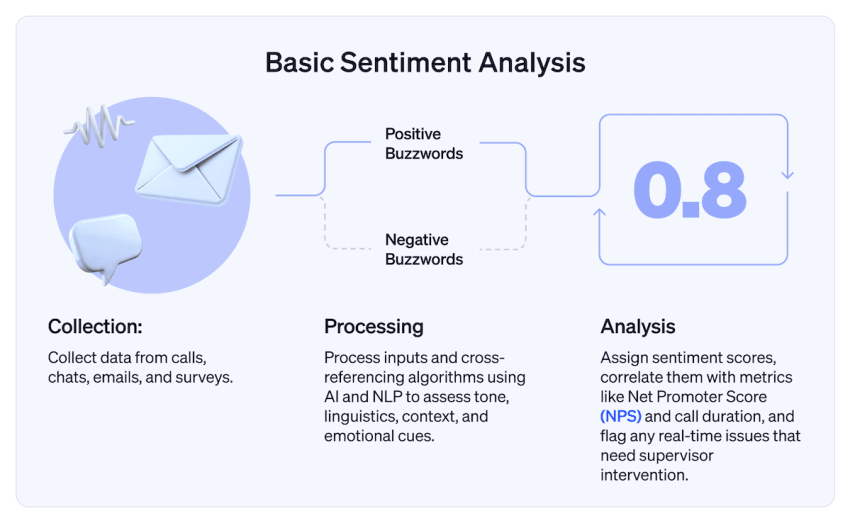
Conversation analytics provides a full picture. It uses sentiment as a starting point but goes much deeper to understand context, topics, intent, and outcomes. It answers the crucial follow-up questions: “Why is the customer upset? What specific product are they talking about? And how was the solution found?”
| Feature | Sentiment analysis | Conversation analytics |
| Focus | The “What” (Emotional Tone) | The “Why” (Full Context & Root Cause) |
| Key function | Identifies emotional polarity (e.g., positive, neutral, negative) in text or speech. | Analyzes the entire dialogue to uncover topics, patterns, intent, and outcomes. |
| Technology used | Uses NLP to classify keywords and phrases by emotional value. | Employs advanced NLP and machine learning to analyze sentiment, topics, speaker roles, and conversational flow. |
| Question answered | “How does the customer feel?” | “Why does the customer feel this way? What was discussed, and what happened as a result?” |
| Use case | Flagging high-emotion calls for review; tracking brand sentiment over time. | In-depth sales coaching, product roadmap input, churn prediction, and agent performance optimization. |
| Scope of insight | An emotional snapshot. | A full diagnostic of the entire interaction and its business impact. |
Top Use Cases for Conversation Analytics
Conversation analytics translates customer conversations into business actions for your teams to act proactively by understanding patterns that influence critical business outcomes.
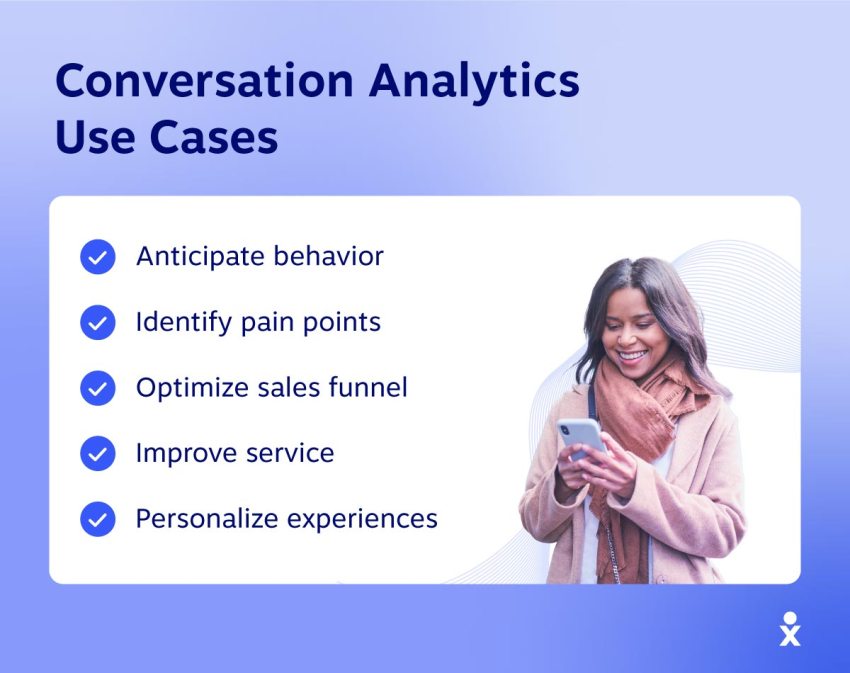
Here are five key examples of implementing conversation analytics:
- Predict and reduce customer churn: By analyzing sentiment, tone, and specific keywords, you can identify at-risk customers long before they churn, proactively intervene with targeted support or special offers, and turn potential churners into loyal customers.
- Improve sales performance: Analyze your team’s sales conversations to discover what top performers do differently. Identifying the language, tactics, and variations of the sales script that lead to deals, you can create a data-driven strategy to coach and develop your team while identifying new upselling opportunities.
- Drive product innovation: Automatically tag and quantify feature requests, bug reports, and customer issues, giving your product team direct, data-driven visibility into what needs to be built or fixed next, based on what users say.
- Enhance agent coaching and quality assurance: Go beyond random call sampling. Analyze customer interactions to identify targeted coaching opportunities for each agent. Identify where agents are struggling, highlight examples of excellent service, and ensure consistent customer service.
- Ensure compliance and mitigate risk: Automatically review every call for compliance with industry regulations and internal policies. Flag calls that are missing legally required information or use inappropriate language, which provides an important layer of protection and risk management.
Benefits of Using Conversation Analytics
Implementing conversation analytics moves your business from reacting to customer feedback to proactively shaping the customer experience. The benefits extend beyond your contact center, creating a ripple effect that impacts your bottom line, product strategy, and operational efficiency.
1. Create a single source of truth
Instead of using biased surveys or anecdotal reports, conversation analytics provides unfiltered insights into your customers’ opinions. Analyzing a large portion of customer interactions provides direct, unsolicited feedback on customers’ opinions about your products, pricing, and services. This eliminates guesswork and provides a single source of truth for the entire business.
2. Use data to drive key business decisions
Data-driven businesses are 23x more likely to acquire new customers than their competitors (McKinsey). Conversation analytics replaces gut decisions with hard facts. Product teams can use key insights to prioritize customer-focused features, marketing can optimize its messaging based on the precise customer language, and executive management can identify strategic opportunities and competitive threats in real time.
3. Increase operational efficiency
It takes time to manually review customer calls for quality assurance. Conversation analytics automates this process for every interaction, saving call center agents and managers hours each month. You can also automatically identify calls that need coaching, keep a tab on agent performance, and free your team for more important tasks.
4. Build revenue and customer loyalty
A better customer experience positively impacts your bottom line. Identifying and eliminating friction points in the customer journey increases customer satisfaction and loyalty. Considering that a 5% increase in customer retention can boost profitability by up to 95%, the ROI is clear. Sales conversation analytics also allows your teams to identify the talking points of top performers, optimize sales scripts, and better handle objections to increase conversion rates and close more deals.
5. Stay secure and compliant
Call recordings and chat logs can contain sensitive customer data such as credit card numbers and personal health information. Manually managing this data poses a compliance risk. Conversation analytics platforms automatically detect and remove this personal data from audio and text files. Your company can easily comply with key regulations like HIPAA, GDPR, and CCPA and protect your brand from costly data breaches.

Challenges With Conversation Analytics (And How to Overcome Them)
How To Implement Conversation Analytics in 5 Steps
Implementing conversation analytics is more than just installing software. Follow these five steps for a successful rollout and maximize your return on investment.
1. Define clear business objectives
First, define what success looks like. Without a clear goal, you cannot measure impact. Ask yourself: What problem do we want to solve, or what opportunity do we want to use? Ambitious goals are specific and measurable.
Examples:
- Reduce customer churn by 15% in the next quarter.
- Increase our first call resolution (FCR) rate to 85%.
- Identify the three most important causes of negative customer sentiment.
Your “why” guides every further decision in the implementation process.
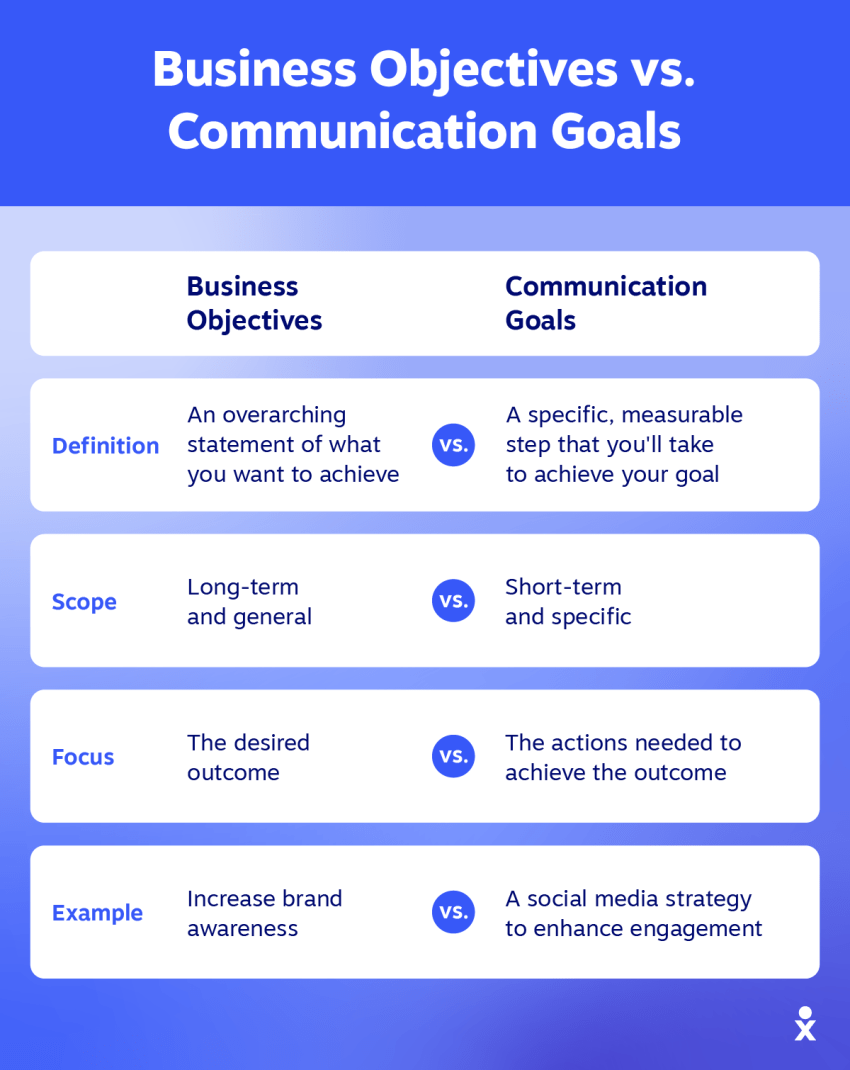
2. Select the right analytics software
Choose a customer analytics platform that meets your goals and integrates with your workflow. Look for:
- Accuracy and intelligence: Focus on highly accurate transcription and analysis that understands industry-specific terminology and context. Real-time capabilities are critical for live notifications and instant coaching.
- Seamless integration: The platform should easily connect to your business systems (CRM, help desk, etc.) and give you a unified view of the customer journey.
- Ease of use: Look for intuitive dashboards and reports to get insights without requiring technical expertise.
- Security and compliance: Make sure the platform offers automated PII redaction and is fully compliant with regulations such as GDPR, CCPA, and HIPAA.
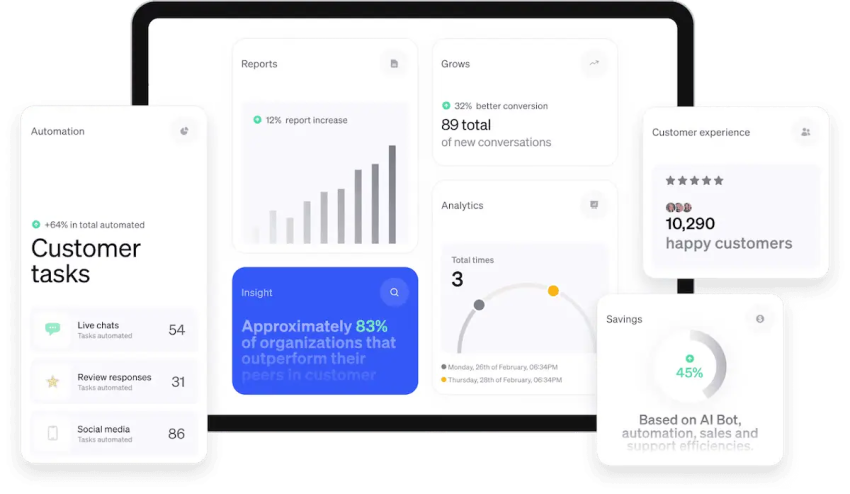
3. Integrate with your existing tech stack
Connecting your new platform to your business systems is key. Integrate your tools to not only analyze individual interactions but also understand the full customer journey. For example, linking conversation analytics to your CRM (e.g., Salesforce) connects a customer’s purchase history to their last support call. Integration with your help desk (e.g., Zendesk) shows how certain conversation topics impact ticket volume and resolution times.
4. Configure your analysis and trackers
Here, you translate the goals from Step 1 into practical instructions for the AI. Configure your analytics tool to track keywords, topics, and critical moments that align with your goals. For example, if your goal is to reduce churn, create trackers for terms like “cancel,” “dissatisfied,” or signs of frustration. To identify successful sales behavior, track the language top performers use when successfully handling objections.
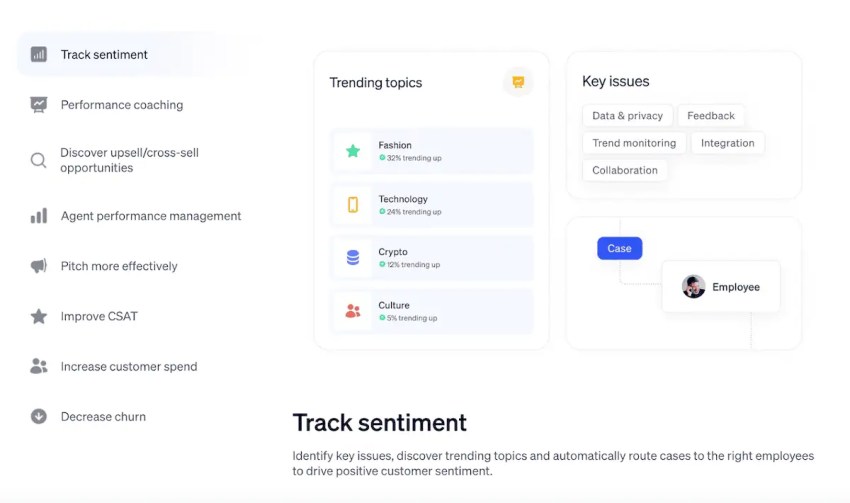
5. Create a cycle of analysis, action, and iteration
Conversation analytics isn’t a tool you simply set and forget. It’s rooted in an improvement cycle.
- Analyze: Build a regular cadence (e.g., weekly or bi-weekly) for reviewing dashboards and reports. Identify new trends, recurring issues, and unexpected insights.
- Act: Share these insights with stakeholders in relevant departments. Use the data to make targeted, informed changes, such as updating employee training, revising marketing copy, or prioritizing fixes for product features.
- Iterate: Measure the impact of your actions against the goals established. Did your changes reduce churn or improve FCR? Use these results to refine your strategy and continue the improvement cycle.
Stop Guessing, Start Listening
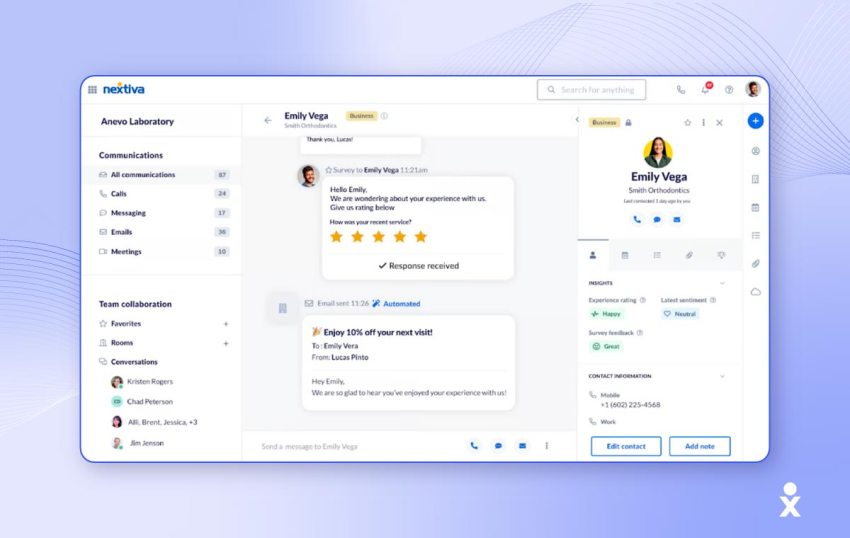

















 Customer Experience
Customer Experience 








